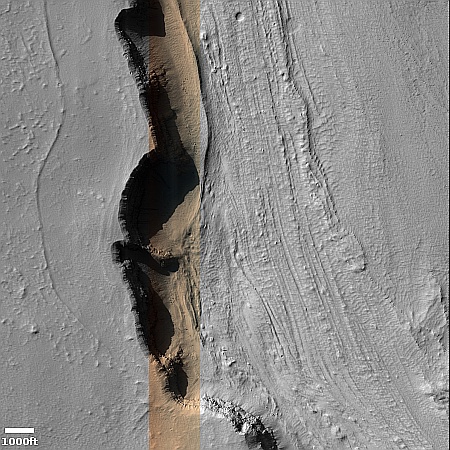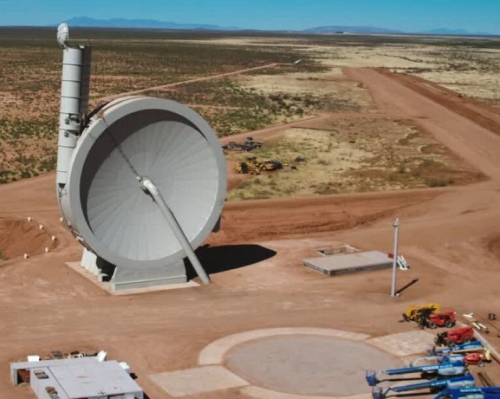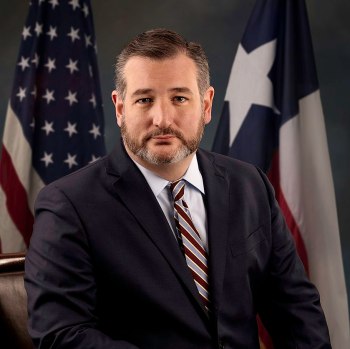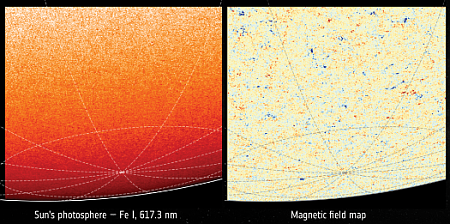NASA/Axiom announce another four-day launch delay for Axiom’s fourth manned mission
NASA and Axiom today announced that they have rescheduled the launch of Axiom’s fourth manned mission to ISS, dubbed Ax-4, to June 22, 2025 in order to give Russian and American engineers more time to assess the leak repairs in the station’s Russian Zvezda module.
The press announcement provided little information, simply stating that:
The change in a targeted launch date provides NASA time to continue evaluating space station operations after recent repair work in the aft (back) most segment of the International Space Station’s Zvezda service module.
It would be nice if the agency would release some actual data. Earlier reports had suggested that the repairs had completely sealed the leaks and that the station was no longer losing air. The vagueness of today’s report suggests that the repairs might not have been as successful as hoped. It could also be engineers simply want more data for a longer period to prove the repairs have worked.
The lack of detailed information causes unnecessary speculation.
NASA and Axiom today announced that they have rescheduled the launch of Axiom’s fourth manned mission to ISS, dubbed Ax-4, to June 22, 2025 in order to give Russian and American engineers more time to assess the leak repairs in the station’s Russian Zvezda module.
The press announcement provided little information, simply stating that:
The change in a targeted launch date provides NASA time to continue evaluating space station operations after recent repair work in the aft (back) most segment of the International Space Station’s Zvezda service module.
It would be nice if the agency would release some actual data. Earlier reports had suggested that the repairs had completely sealed the leaks and that the station was no longer losing air. The vagueness of today’s report suggests that the repairs might not have been as successful as hoped. It could also be engineers simply want more data for a longer period to prove the repairs have worked.
The lack of detailed information causes unnecessary speculation.









